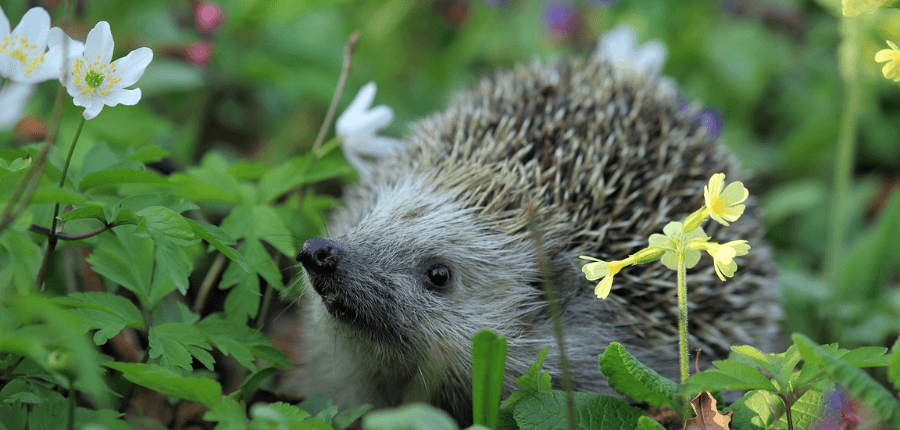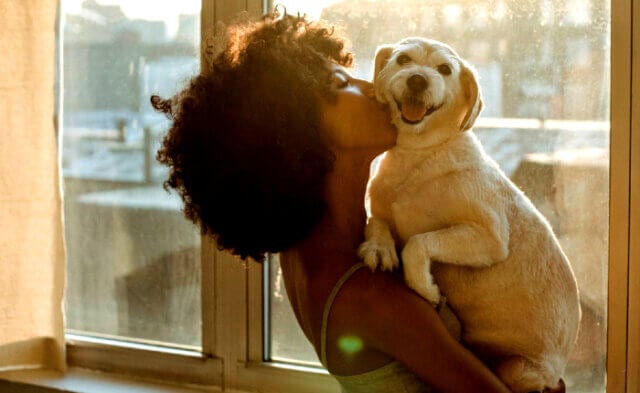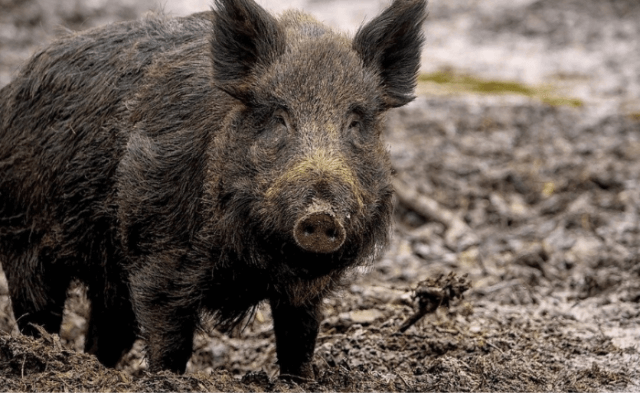By Melissa Rae Sanger
Gardens are like works of art: Each one is a unique display of its owner’s preferences and personality. Some people prefer a tidy, manicured look, whereas others allow wildflowers to grow with abandon in their garden beds.
Regardless of the style, how we garden matters. Creating an animal-friendly garden within the confines of sprawling suburbs and grass-covered lots is both rewarding and surprisingly simple.
It’s extremely important to select plants native to your region. They steal the spotlight, boasting resilience and adaptability to local climates and soil conditions. By choosing a diverse array of regionally appropriate plants, you will not only enhance biodiversity but also attract a menagerie of local birds, butterflies, and other wildlife who depend on these plants for survival. Native plants are also essentially fuss-free. They can survive on rainfall, eliminating the need to waste precious resources. PETA’s guide is a great place to start.
At the heart of your garden should be four essential elements: food, water, shelter, and the absence of harmful toxins.
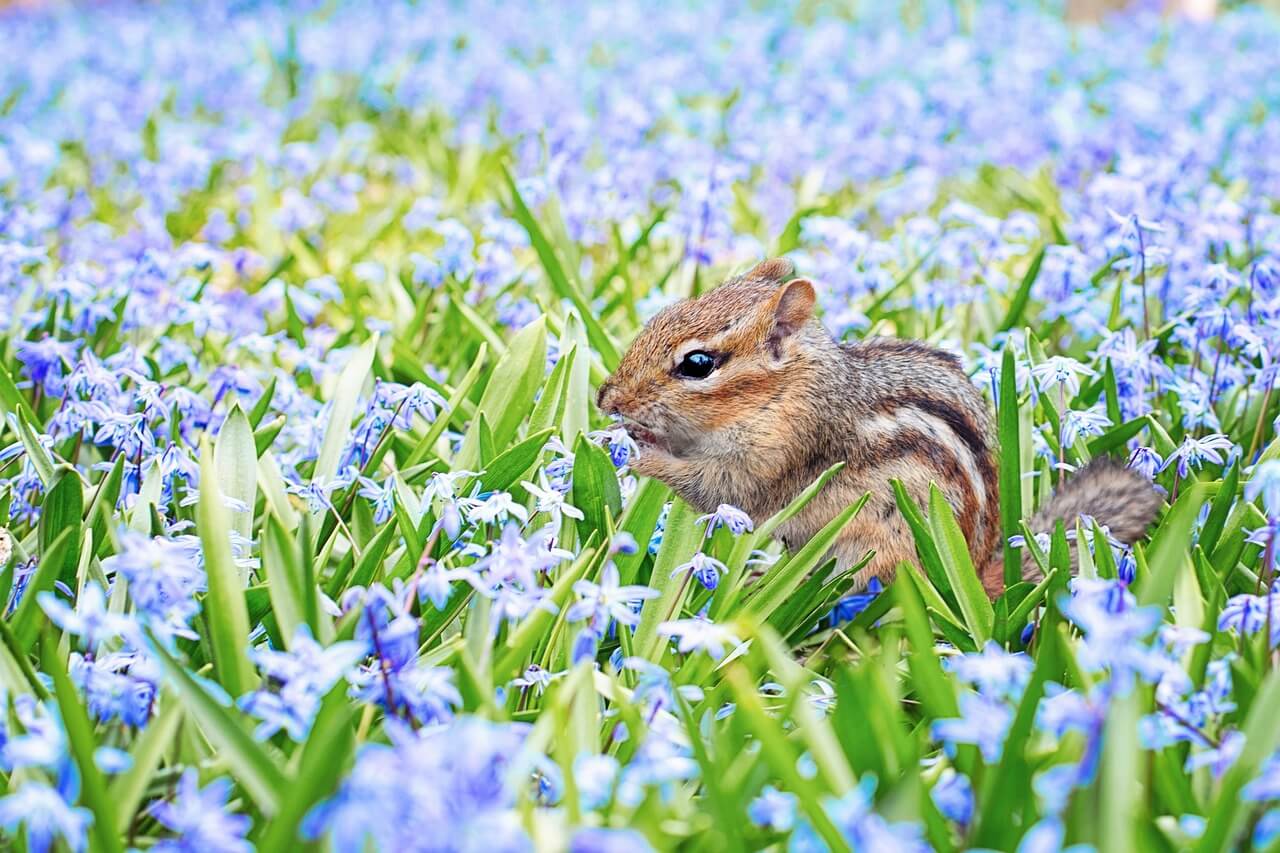
The Plants You Choose Provide the Food
Native plants provide the food for your animal-friendly garden. From nectar-rich flowers to berry-bearing shrubs, these plants are like a seasonal buffet for local wildlife. In winter, when food is sparse, you can supplement them by filling birdfeeders with high-quality seeds.
A Clean, Safe Water Source in Your Garden Habitat
It’s essential to have a clean, fresh source of water in your garden, especially during hot summer months or periods of drought. A pond, bubbler fountain, or plate of rocks filled with water provides a drinking and bathing spot for birds, insects, and other animals. Ensure that water sources are safe, and diligently keep them clean. Stagnant water can attract unwanted visitors like mosquitoes, and water that’s too deep poses a risk of drowning delicate insects like butterflies and bees.
Shelter Turns a Garden Into a Home
Provide places in your garden where insects and animals can find shelter, nest, forage, and roost.Install birdhouses, bee hotels, and bat boxes to encourage visitors to become residents. Leaving patches of tall grass or wildflowers untouched offers a refuge for insects, amphibians, and mammals seeking sanctuary amid the greenery.
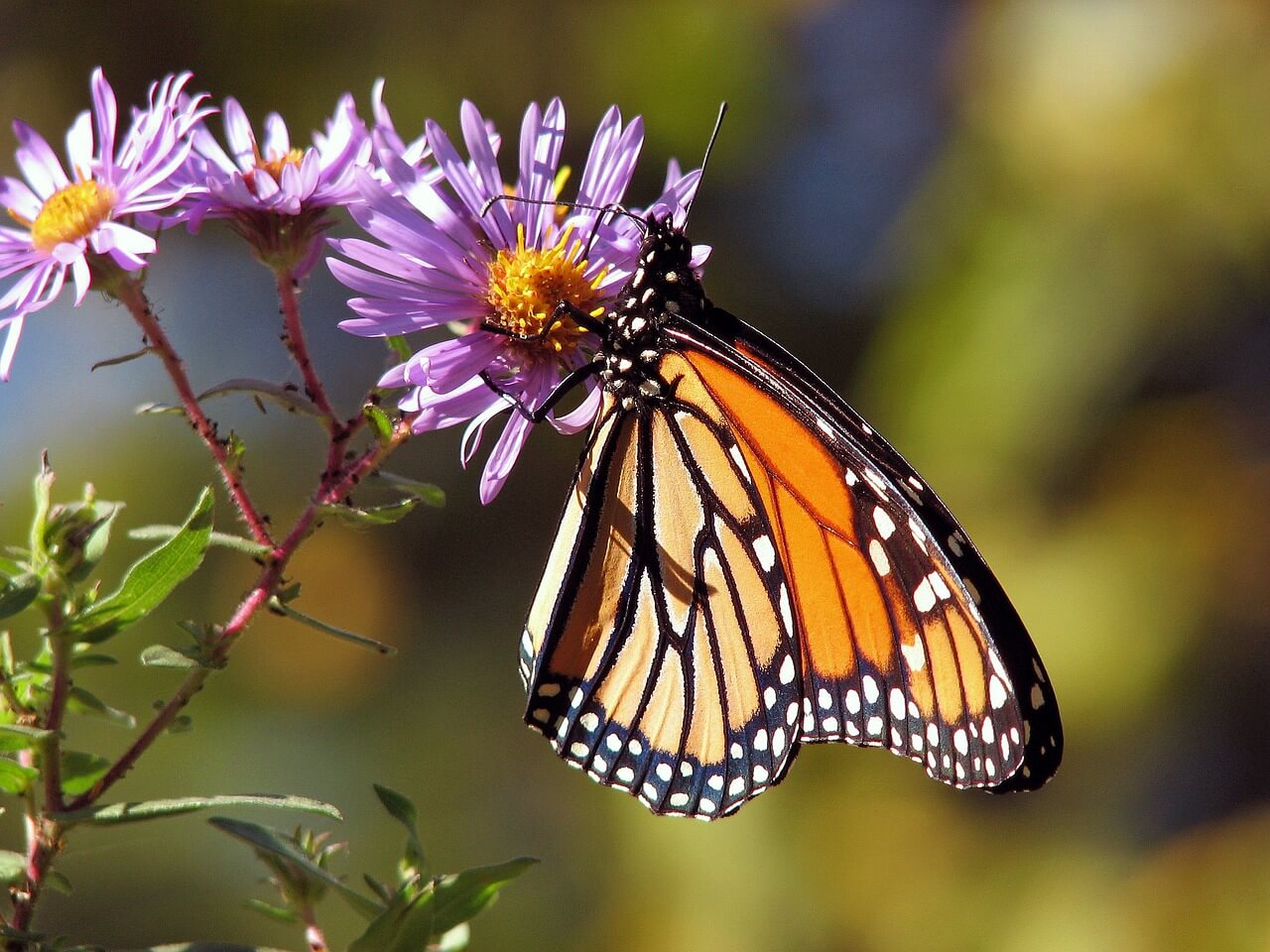
Say NO to Poisons and Toxins
Interesting (and terrifying!) fact: Homeowners use about three times the amount of pesticides that farmers do. However, if your garden is in balance, you won’t need pesticides. Insects who may seem like “pests” to some often play an important role in nature’s delicate harmony. Consider the fly. Although you may not want to share your garden with flies, they consume decaying matter that would otherwise pile up everywhere. Imagine what a mess that would be!
Harmful chemicals and toxins don’t discriminate—they also kill those you welcome to your garden. If you must intervene, opt for natural alternatives like garlic or chili pepper spray or companion plants such as marigolds or lavender to deter uninvited guests without endangering wildlife.
As you dig, plant, and nurture your garden, consider the ripple effect of your actions. Whether you’re tending to a flowerbed in the heart of a city or cultivating a sprawling landscape in the countryside, your garden isn’t just a patch of earth—it’s a home.

